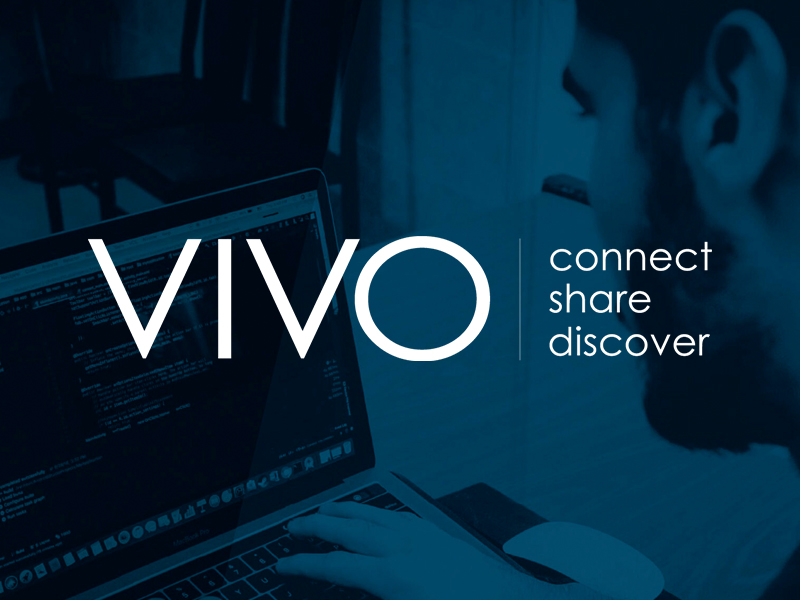
By Julia Trimmer and Bruce Herbert
Since making headlines in 2009 with the award of a $12.2 million NIH grant, the VIVO Project has grown into a platform with multiple applications and scores of community-developed tools. VIVO is a community-supported software program that’s now part of the DuraSpace Community Supported Programs Division, so it might be new to many LYRASIS customers.
While the devoted VIVO community continues to find new implementations for this powerful, flexible platform, not everyone knows what VIVO, in its most basic form, is intended to do.
Here are three ways that most institutions use VIVO:
- VIVO creates web profiles for an institution’s researchers, scholars, and/or clinicians showcasing their research outputs such as publications, grants, and courses. Profiles can be fed with content from institutional systems and trusted sources like bibliographic databases, or configured for profile owners to add information manually.
- VIVO makes expertise and accomplishments discoverable. VIVO visitors can find collaborators, teachers, experts for the media, conference presenters, clinicians . . . or search by topic or keyword to find research artifacts. Most profiles provide contact information so that visitors can reach out directly to profile owners.
- VIVO provides an authoritative hub of data that can be analyzed, visualized, and re-used in downstream systems like websites, reporting tools, and other systems. VIVO data is highly structured, so it’s easy to share and re-use. VIVO sites can reduce researcher workload using the “enter once, use many times” strategy, so that profile updates are automated and data is consistent everywhere.
Other major benefits of VIVO:
- VIVO facilitates open access by connecting to DSpace repositories to make scholarly objects available as links on profiles. Researchers can publish white papers, reports, presentations, data sets, syllabi, instructional projects, and pre-press versions of publications. Repository objects are linked to the author’s VIVO profile so that they can be easily downloaded– free of paywalls.
- VIVO stores data in RDF format, making it machine-readable, and there are endless options for re-purposing VIVO data in research networks, in websites, in reporting systems, other portals . . . or any system that consumes data about researchers and their research.
- VIVO is open source, so it’s free to use, and it’s maintained by VIVO sites and community developers. VIVO members pay an annual fee for a voice in governance.
To see VIVO in action, check out these institutions’ VIVO sites:
Texas A&M – Scholars@TAMU
Duke University – Scholars@Duke
German National Library of Science and Technology (TIB) – TIB VIVO
Weill Cornell Medicine – VIVO for Weill Cornell Medicine
Università degli Studi di Brescia – https://expertise.unibs.it/
To learn more, go to the VIVO Project website or the VIVO Wiki.

